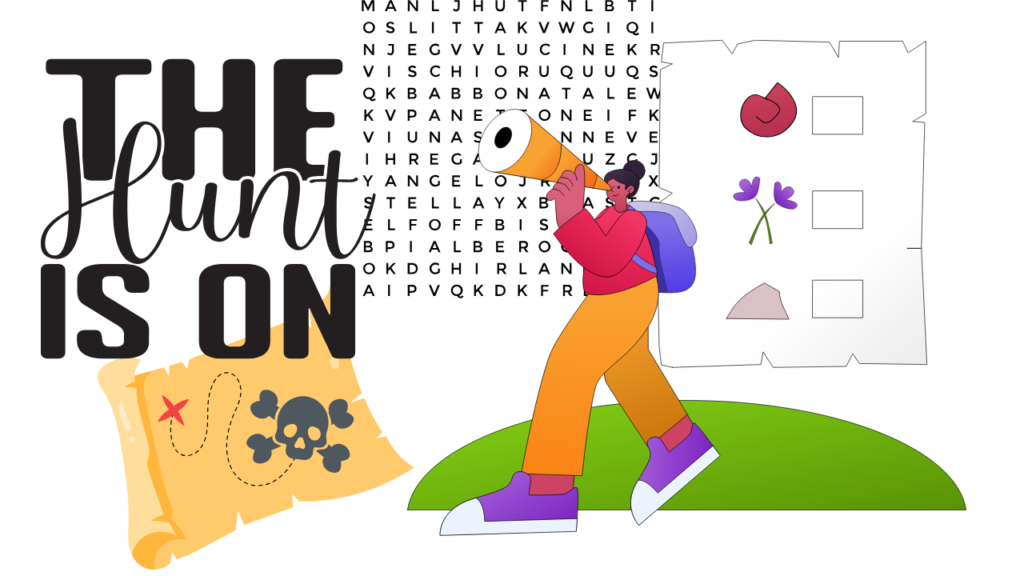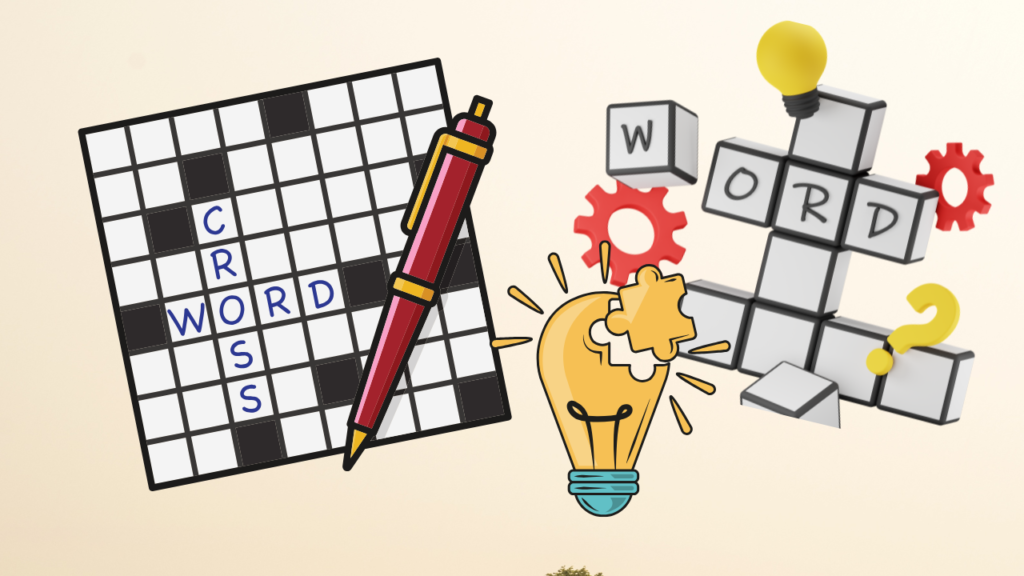English Activities for Class 2
Are you one of the many teachers concerned about the progress of students in English class? Are you finding it difficult to make your class interesting with creative English activities that will be enjoyable for the students? Here’s a great way to make your class engaging and interactive for kids.
1. Storytelling with Props.
Skills Learned: Speaking, listening, Vocabulary, Creativity.
Best Suited For Class 2 students (around 7 -8 years old).
Things You’ll Need: Props like dolls, soft toys, puppets, or household items.
How the game is played:
- All the props are kept in a box where students can’t see them.
- Each student will pick a prop from the box. Then, they will think of a short story using the props as key characters.
- Each student will stand in front of the class and tell their story. Students should be encouraged to use full sentences. For example, if they have a pencil sharpener, they might say, “Ram had a blue pencil sharpener. He loved it. One day he sharpened his pencil and something amazing happened! His pencil started to write by itself and did all his homework. Ram smiled and said, “This is the best pencil sharpener ever.”
- After the story, you can ask simple questions to the student. Example: Did Ram love his sharpener? What happens next?”

2. Word Hunt:
Skill Learned: Vocabulary building, reading skills, sentence construction.
Best Suited For: Class 2 students (around 7 – 8 years old).
Things You’ll Need: Flashcards (e.g. cat, dog, ball), Sticky tape, small baskets, Pen and Paper.
How the game is played:
- Before the class begins, the teacher can hide the flashcards in easy-to-find places in the room. She can stick them on the walls, under the chair.
- The students are told to go on a word hunt to find hidden flashcards around the room.
- Once they find the flashcards, they are asked to put them in a basket.
- Gather the students in a circle and ask them to create a sentence using the word.
For example: If they find the word “cat”, they could say, “The cat is drinking milk.”
- This game helps the students to learn vocabulary in a fun and interactive way. It also develops sentence-building abilities. Overall, it makes learning enjoyable.

3. Picture Reading:
Skills Learned: Speaking skills, observation and comprehension.
Best Suited For: Class 2 students (around 7 – 8 years old).
Things You’ll Need: large colourful pictures, pen, and paper for students to write down words.
How the game is played:
- Select simple and clear pictures with lots of details that students can describe. These could be from storybooks and online images showing everyday scenes.
- Divide the students in small groups and show the pictures to them.
- Ask them to describe the pictures they see using complete sentences. Encourage them to speak about objects, actions, colours, people and emotions in the picture.
- The teacher can ask simple questions to guide them: “ What do you see?”, “What are the people doing?”, “How does the picture make you feel?” .
- Motivate them to share their hands and hsare their sentences. The students are then asked to write a sentence in their notebooks.
Such creative English activities enhance confidence in speaking. They learn to use descriptive sentences.

4. Word Puzzles:
Skills Learned: Speaking and word recognition, problem-solving skills, vocabulary building.
Best Suited For: Class 2 students.
Things You’ll need: Pre-made word puzzles with age-appropriate words, pencils, whiteboard, or puzzle sheets.
How the game is played:
- Prepare word puzzle sheets for students.
- Remember if the sheet is for beginners, the words should be simple and familiar. The word puzzles are based on topics like animals, colours, or classroom objects.
- The puzzles are prepared keeping in mind on what the teacher is focusing on.
- For example, the students are asked to find the hidden words in a word search.
- Students are given fumbled words and are asked to unscramble a set of letters to find a word. This is how students learn to recognize new words.

5. Rhyming Words Game:
Skills Learned: Phonemic awareness, vocabulary expansion and listening.
Best Suited For Class 2 students (6- 8 years old).
You’ll need: Flashcards, a timer, a whiteboard, a basket, and small rewards (treats for motivation).
How the game is played:
- The class is split into small groups. A student draws a flashcard with a word from the basket.
- The team must say as many rhyming words as they can within 30 seconds. For example, if the word is a dog, they can say jog, log, fog, etc.
- The teams will earn one point for each rhyming word. If a team member repeats a word, they lose a point.

6. Sentence Completion:
Skills Learned: Sentence structure, Vocabulary, listening, critical thinking.
Best suited for Class 2 students.
Things You’ll Need: Strips of paper with incomplete structure, a whiteboard.
How the game is played:
- The class is divided into small groups.
- Each group is given a strip of paper.
- The students in the team complete the sentence.
- One student from every team reads the sentence aloud. The students are then asked to add additional sentences.

7. Show and Tell:
Skills Learned: Public speaking, descriptive language.
Best Suited for class 2 students.
Things You’ll Need: Small objects, toys, timer.
How the game is played:
- Students are asked to bring a toy or their favourite object to the class and describe it.
- They can talk about its color, function, why they like it, or who gave it to them.
- After the students explain the other students ask questions about the object. This encourages interaction among them.

8. Roleplaying:
Skills Learned: Conversation, dialogue practice, social skills, teamwork.
Best Suited For Class 2 students.
Things You’ll Need: Simple costumes, props, scenario-cards (visiting a doctor, buying a teddy bear, going on a picnic).
How the game is played:
- The students are divided into teams and assigned roles. For example, if the scenario is about visiting a doctor, the patient can say, “I am ill” and the doctor responds.
- The teacher can motivate students to ask more questions.
- Students learn different dialogues by participating in this game. Later the teacher can ask them to switch roles.

Are you one of the many teachers concerned about the progress of students in English class? Are you finding it difficult to make your class interesting with creative English activities that will be enjoyable for the students? Here’s a great way to make your cla
